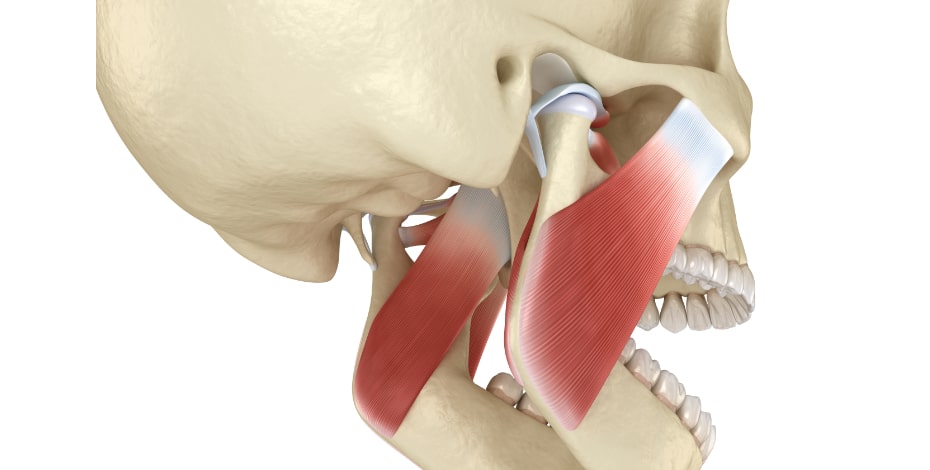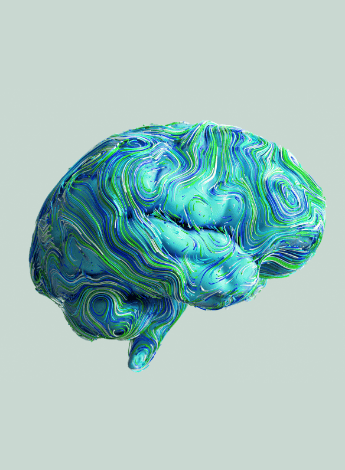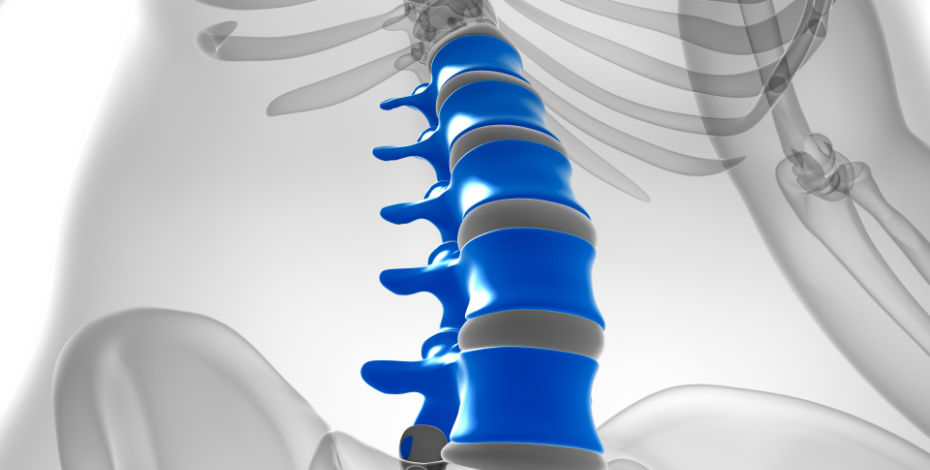
It’s all in the jaw

Guy Zito fills in the blanks when it comes to treating the jaw. Here he discusses his upcoming course ‘Temporomandibular disorders (TMD)—a physiotherapist’s perspective’.
Why create the course?
The role of physiotherapy in the management of dysfunction of the temporomandibular joint (TMJ) conditions is being acknowledged in other countries, particularly the USA, in this rapidly growing field of musculoskeletal physiotherapy.
In Australia we are not responding to this extended demand on our services.
By virtue of our training we are well equipped to deal with impairments in the musculoskeletal system and should play a significant role in the management of dysfunction in the TMJ.
Historically, very little has been taught on this region in Australian undergraduate physiotherapy programs and consequently our clinicians tend to be disinclined to become involved with this part of the musculoskeletal system.
Sadly, if this averseness continues, we run the risk of losing management of TMJ disorders to other health professions.
Having undertaken courses with leading US physiotherapists who specialise in management of temporomandibular disorders (TMD), I developed the course ‘Temporomandibular disorders—a physiotherapist’s perspective’ as an educational package for Australian physiotherapists working in the field of musculoskeletal physiotherapy.
This was with the aim of demystifying the region and addressing some of the difficulties encountered in the assessment and treatment of patients with orofacial pain.
What is the latest research about the TMJ/TMD physiotherapists should know?
Management of TMD often requires a multidisciplinary approach.
There is currently a lack of consensus among the medical community as to the most effective way to treat TMD through a singular treatment method.
Studies have shown that physiotherapy, including manual therapy and exercise, can be an effective strategy for TMD management.
Therefore physiotherapists can make a significant contribution to the multidisciplinary team.
Over the years, physiotherapists have made great inroads into the management of cervicogenic headache.
The literature reports that almost half of the cervicogenic headache population has concurrent signs and/or symptoms of TMD; several studies have reported significant beneficial effects, which are retained in the long term, when the TMD is addressed in conjunction with treatment for the headache.
These findings should not only serve to foster more physiotherapy-related research but also encourage physiotherapists to become proficient in the management of TMJ.
How will the course strengthen participants’ knowledge about assessing and treating TMD?
The introductory course aims to enhance the clinical skills of physiotherapists in the management of TMD.
It does this by reviewing the structure and function of the temporomandibular region and its intimate relationship to the cervical and thoracic spines, as well as presenting a validated classification system to aid diagnosis of the various subsets of TMD.
Furthermore, it exposes participants to the evidence-based rationale for the clinical tests used to differentially diagnose TMD and to develop an integrated management approach.
The practical component of the course gives participants the opportunity to improve their analytical skills and to apply appropriate examination and treatment techniques.
It should be noted that emphasis is placed on clinical reasoning to support management decisions and on how it directs evidence-based practice.
What will participants be able to take away immediately from attending this course?
The main purpose of the course is to familiarise physiotherapists with the TMJ and make them more aware of its involvement in common upper quadrant clinical presentations.
On completion of the course it is expected that participants are conversant with current concepts of temporomandibular syndromes including pain mechanisms and resultant pathokinematics—the diagnostic criteria for TMD—and that they are able to perform an appropriate, comprehensive and integrated assessment of the TMJ and related structures.
With these enhanced skills, participants should be able to select and apply one or more evidence-based management approaches which are more specifically targeted to the impairment(s).
Who will benefit most from attending the course?
Graduate physiotherapists will benefit from attending the course. It is preferable that participants have at least one year postgraduate clinical experience in musculoskeletal and/or sports physiotherapy to gain more from the learning experience, but the course is open to all graduates.
>> Courses are available in 2021. Keyword search ‘TMD’ here for more information and to register.
Dr Guy Zito is an APA Musculoskeletal Physiotherapist and an APA Sports and Exercise Physiotherapist, and a Senior Fellow of the University of Melbourne. Guy has worked in both education and clinical practice for more than 35 years and holds a Doctorate of Clinical Physiotherapy along with other postgraduate research and coursework qualifications.
© Copyright 2025 by Australian Physiotherapy Association. All rights reserved.





